If you ask anyone about the “Lizzie Lincoln House”, including the internet, you will get varying results; mostly the regurgitation of conjecture based on legends. I more than anyone love a good ghost story, but what is more important to me than all else is that there be truth behind it. I put in the work and found the complete story…at least, as complete as it can possibly be with the passing of 200 years since it began...
I believe the house to built sometime around 1803 by a man named Henry Herner. Reading deeds can be tricky, as most prior to the turn of the 20th century are handwritten and sometimes difficult to decipher. I was led to this conclusion by the fact that if there is any sort of dwelling on a property, the verbiage will dictate that by beginning, “All that certain Messuage, tenement and tract of land…“. If there is no dwelling on a property, the verbiage will simply dictate, “All that certain tract of land“. Tracing back this exact property, the first deed to not indicate a messuage was the 1803 deed between Edward Dougherty and Henry Herner.
This is not foolproof, as it is possible that a prior dwelling could have burnt to the ground or otherwise been destroyed and another built in its place during any of these ownerships. However, it is just as likely that at least some of it is the original structure.
If correct that makes the building around 220 years old. Henry and his second wife, Catharine, its first occupants, were both born before our nation. It was built as a farm, and a barn once sat to the north west of the home, along with another out buildings; one of which was recently torn down. The barn was gone by the 1960s, as its foundation can be seen in this aerial from 1958.

The property changed hands seven times in the 19th century alone. Henry Herner died in 1817 and his estate sold the property to a Samuel Davis. Samual Davis found himself in debt and the property was sold again by sheriffs sale to Isaac Huyett in 1826. 33 year old Isaac and his 24 year old wife Mary began their family in the home. Tragically, but not uncommonly for the time, Mary outlived 4 of her 9 children. Out of the deaths of her two girls, one in infancy and the other at age 2, only the latter occurred during their ownership of the home. Two of her boys also perished in young adulthood.
Isaac died in 1848, while Mary was 50 years old and pregnant with their seventh son. The home was sold by his estate to a John Root in 1851. The verbiage in this deed indicated a “life estate” was set up for Mary. The deed states that while the home was owned in part by John Root, she had the rights to live in the premises, until her death or remarriage upon which the interest was paid out to the owner. These arraignments were more typical in a time when women could not work, and were financially ruined by the death of their sole providing husbands. Luckily for Mary she had seven sons. A relevant aside: one son, Isaac Jr., ended up marrying a Catharine Root. While Isaac and Catherine were only 14 and 11 respectively when this arrangement was made, it is hard not to speculate the connections weren’t in place.
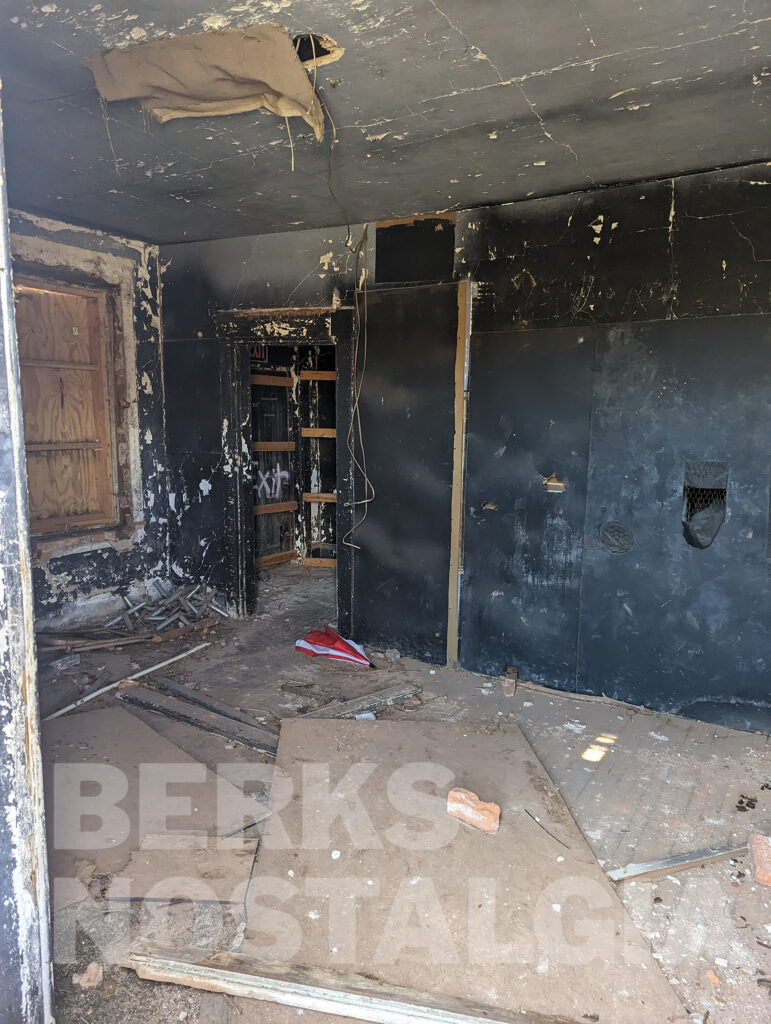
Mary and her grown sons were living in the house in the 1860 census, but in 1861 John Root sold the home to Harrison Althouse. In the 1870 census Mary was living somewhere else and she died in 1876. It is likely during this ownership transfer was when the Huyett family left, terminating the “life estate”. This indicates with certainty that Mary Huyett did not die in the home.
Althouse sold the house two years later to Franklin Seitzinger; and only a year after that in 1864, Seitzinger sold the house and land to his niece, Mary Agnes Newbold.
It would stay in Mary Agnes’ family for the next century. They are the subject of most of the lore surrounding the home. Mary Agnes herself was born in Reading in 1843. Her mother, Ann Ellen Seitzinger, died when Mary was only 6 months old. In the 1850 and 1860 census, Mary was listed as living with her mother’s parents, Jacob and Anna Seitzinger, and was raised as one of their own. Their youngest son, Franklin, the man who sold her this property, was only four years older than her. Their relationship dynamic was likely more of siblings.
Mary Agnes was married to Philadelphia native Alexander E. Newbold when she bought the house, however notably his name was not on the deed. The couple are listed as living in Montgomery County in the 1870 census. By the 1880 census Mary Agnes was married to her second husband, Alexander Boardman, historically know for “inventing” the Atlantic City boardwalk. Her and her husband visited the home infrequently, and spent most of their time at their main home in Camden, NJ. They lived and died there; Alexander died in 1901 and Mary in 1906. Mary willed the farm to their son, Horace, who was an attorney by profession.
Horace first married in 1902 to Geraldine. On April 17th, 1917 a story ran in the Philadelphia Inquirer titled, “Camden Attorney Sued on Desertion Charge”. They both claimed that the other partook in infidelities. The article also states that he was living at the Birdsboro Farm during this separation. She died in Los Angelos, California “mysteriously” at the age of 39 in April 1919. Her Inquirer published death notice stated she was receiving treatment in California for an illness. There’s no evidence she spent any significant amount of time in the farm house as they were married in Cape May and in the 1910 census lists them as living in Camden NJ.
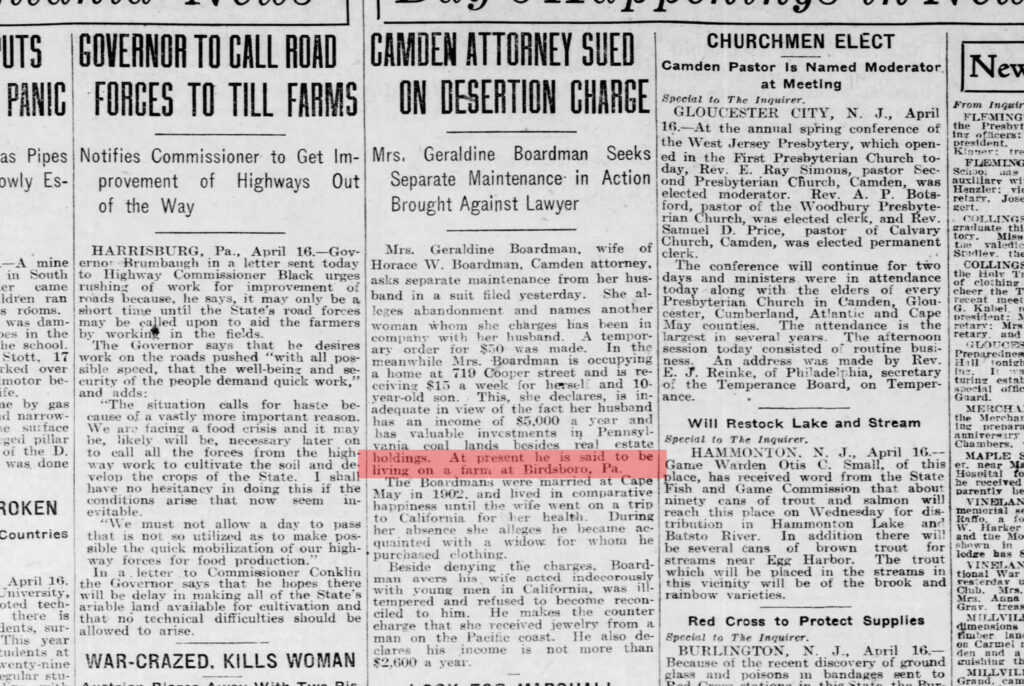
Horace married again to Georgiana Briant, the woman Geraldine accused him of being unfaithful with, in March 1920. They also lived in Camden as they are listed there for the 1930 census. Their Dauphin County marriage license application lists her place of residence as Birdsboro, Pa and her occupation a school teacher.
In both the 1940 and 1950 censuses, the couple is listed as living at the Exeter Township farm and indicates that Horace is retired from practicing law.
One revelation I did find is that Georgiana passed away in 1951, aged 62, in the home. Her death certificate gives us the clues we need to piece the circumstances surrounding their life there together. Her length of residence in the home was listed at 18 years, dating their permanence there to 1933. Her cause of death was acute myocardial infarction, or in layman’s terms, a heart attack. She is the only person I have concrete proof of perishing within these walls.
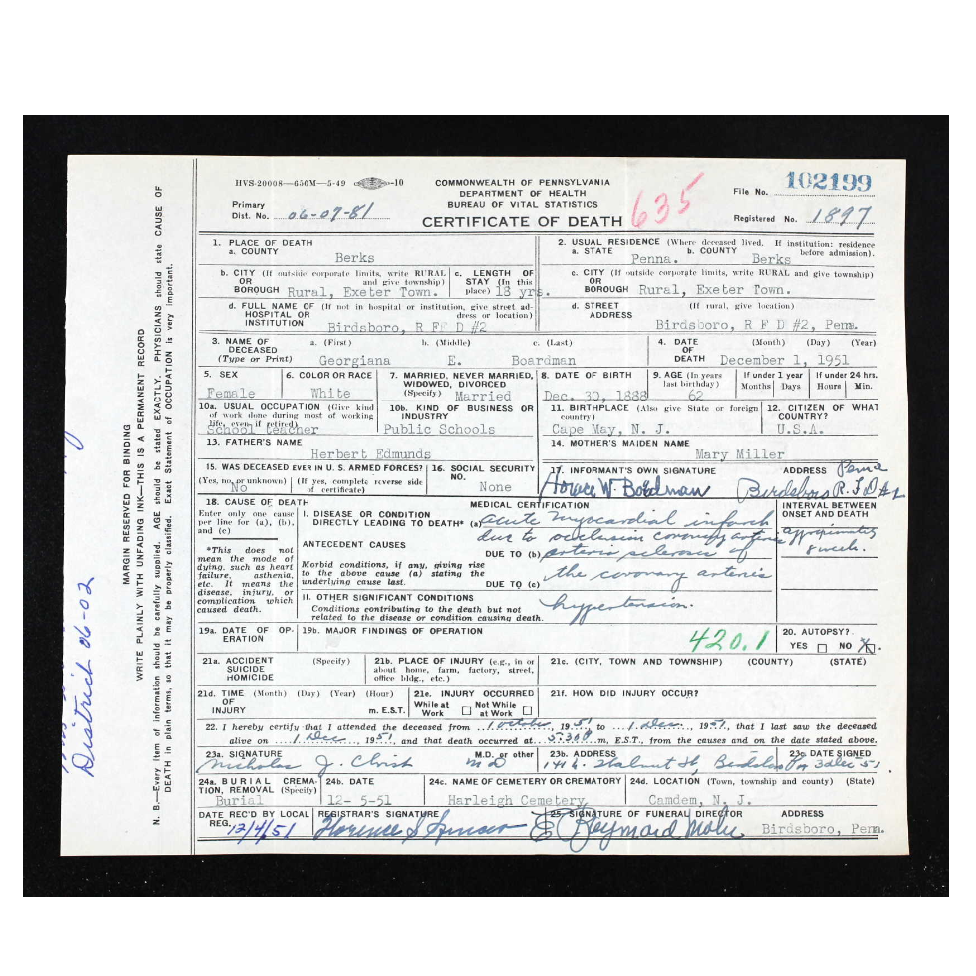
Horace married for the third time and remained in the house for the rest of his life. He died on December 23rd, 1972, at Community General Hospital. His obituary reveals that while practicing law he was a member of the bars of both New Jersey and California. This leads me to speculate that California was not just a place Geraldine escaped for treatment from a mystery illness; but a place they spent significant amounts of time.
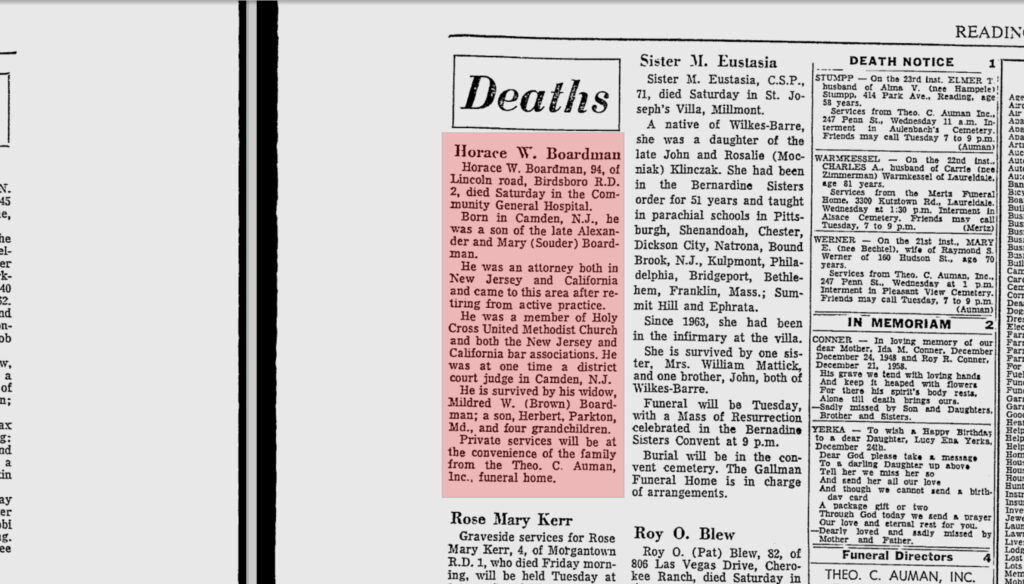
Horace’s estate sold the property shortly after his death in 1973. For the next 16 years it was utilized as a residence. In 1989, the last residential owner sold the property to AVM Nursery Corp.
AVM nursery already owned most of the 130+ acres that once encompassed the house’s original farmland. They had been not so secretly dumping toxic waste on the land for the better part of the 1970s and 80s. Website and blog Pa oddities did a great job outlining the scumbag owner and his antics surrounding his poisoning of the environment and the effects it had on people downstream. The now 3.86 acre parcel that the house sats on was the very last piece.
After letting the building fall into disrepair, AVM Nursery contracted Mainstreme Production Company to open a haunted house attraction at the location in the late-1990s. Likely a quick and easy cash grab exploiting the misled lore that already had grown around the home. This seasonal venture lasted into the 2000s. Quite arguably, that was the beginning of the end of the Lizzie Lincoln House.
It’s been completely abandoned for around 20 years.
That brings us back to the present; on February 1st, 2023 the deed for this property was transferred from A.V.M. Nursery Corp to F.R. & S., Inc (Pioneer Crossing Landfill) for $61,500. The land was completely deforested of the thick overgrowth in late January. The house, now crumbling and stripped of its one grandeur charm, jarringly stands alone amongst the wasteland. It seems like the writing is on the wall. The conclusion of a two hundred year long story is imminent.
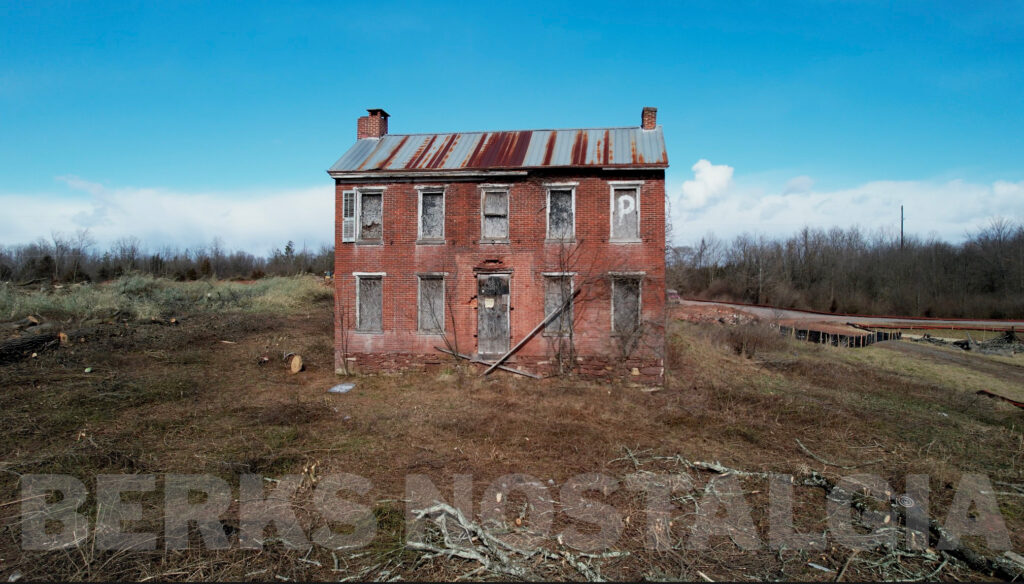
So no, there was never a “Lizzie Lincoln” who lived or died in the house. The only trace of “Lincoln” is the road on which it sits, which was named for the Mordecai Lincoln, ancestor of Abraham Lincoln who lived less than a mile west.
It’s important to remember that while it is true that these brick walls contained moments of death and loss; they also saw over two centuries worth of life.
UPDATE: The Lizzie Lincoln house was demolished on February 27th, 2023

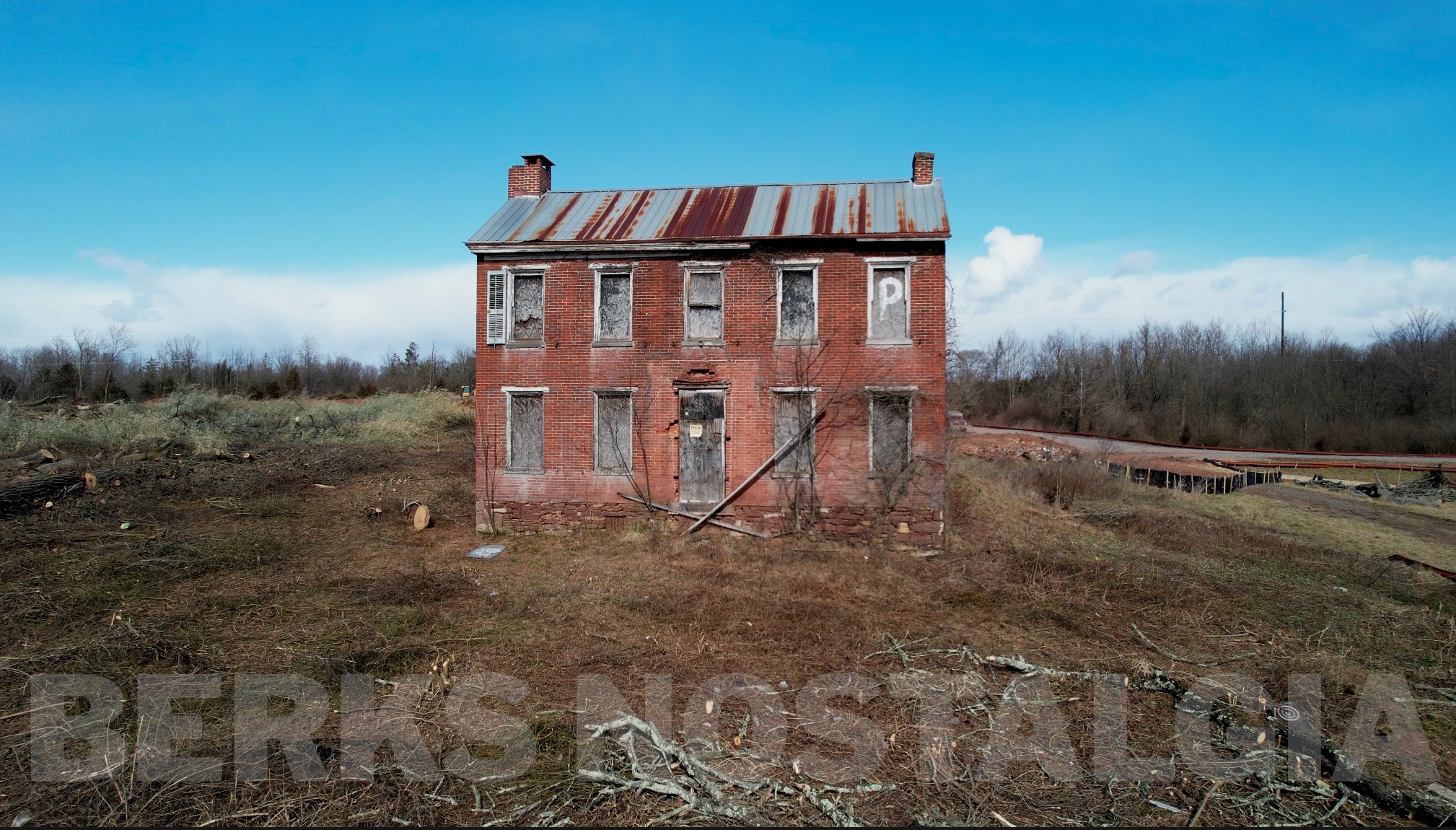
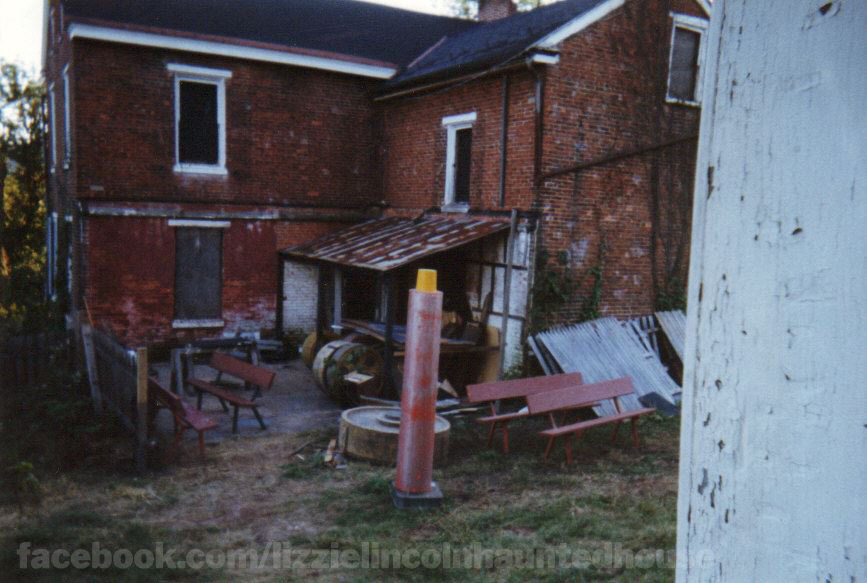
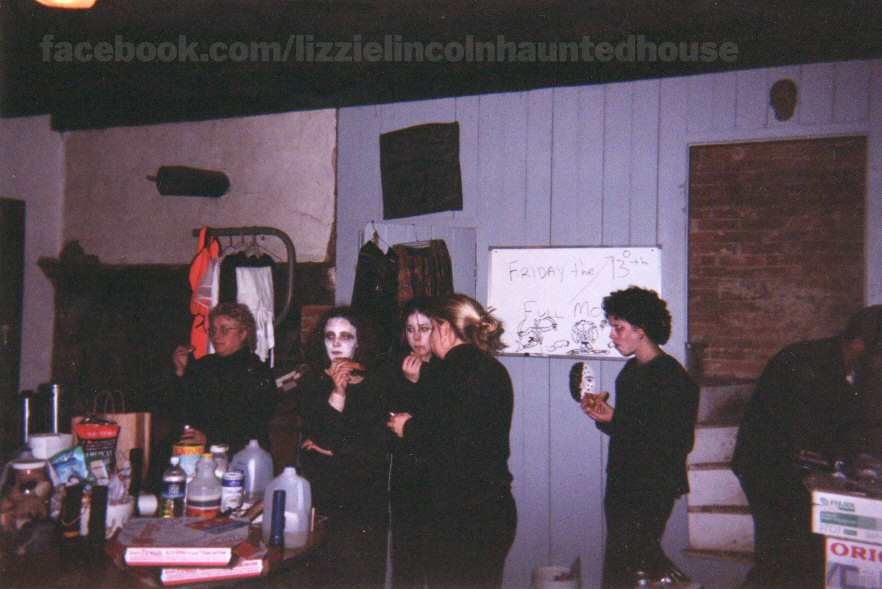
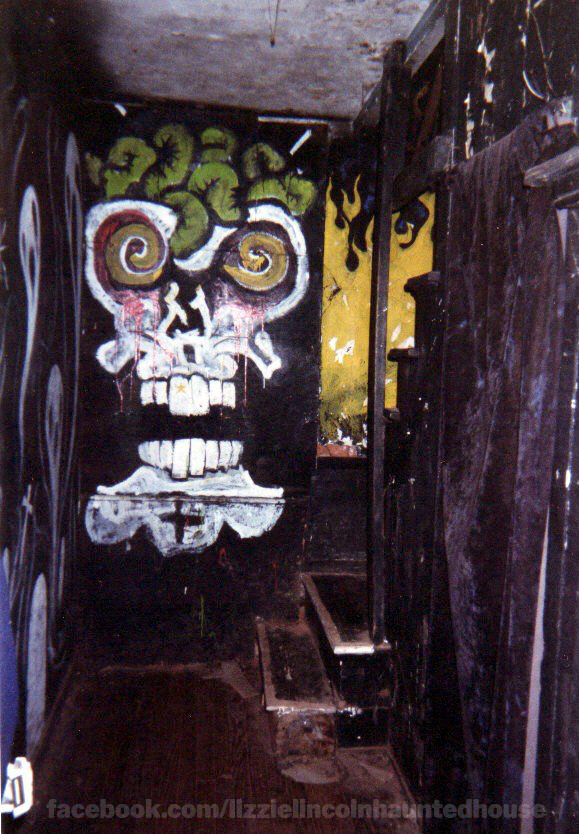
I remember a woman with a large southern hat and a southern man who always worn a three piece suit would get the Reading Bus from the front of this home back in the 1950’s .
That would have been Horace and his third wife, Mildred. Apparently she was known for wearing large hats!
As a small child I remember those people as well — Always beautifully dressed and very pleasantly mannered .
Fascinating story – nice work Alexa! I was a bit familiar with the Mordecai Lincoln location, but never knew anything of this.
Thank you for all the wonderful stories. I’m old enough to remember a lot of them!
Based on the drone closeup views of the brickwork, I seriously doubt the house dates to 1803. In this area (other regions could be different), a house of this age should have Flemish style brick bond, but it has running bond which is more typical of a much later time. Likewise, the architectural design suggests to me of a local vernacular ttradition more typical of the 1840 to 1860 era.
Hey Chris, thanks for the insight.
It’s actually a Common (American) bond, I’ve attached a photo where you can see the header row about every 8 courses. I’m not a brick expert by any means, but google said common bonds replaced Flemish by around 1800. But as I said in the article, there’s no way to know for sure!
Yes, now that you point that out, I do see the headers. Be careful about hard dates on architectuaral details. The info you will see on Google is generalized and doesn’t account for regional preferences or lag. I have seen a couple of brick buildings in downtown Reading, one of which now demolished, that are c. 1815 -1830 using Flemish bond. Likewise, the style of the house (some might call it very late Federal influence), is also consistent of the vernacular style of the 1830ish – 1850ish range seen in this area. Probably an even better way to help date the house is to see the interior woodwork (doors, molding, etc.) as well as original hardware (if any survives), but given the circumstances of the house, I don’t believe it is possible at this point.
PS – your research is outstanding.
It was mentioned that only some of the foundation was left before they fixed it up again
I lived in Reading most of my life moving to Exeter Township 14 years ago. Travelling down to Birdsboro quite frequently I have passed this home many times. When asking residents in this area about it all they could tell me that the kids down this way say it is haunted. Other then that I had no real knowledge of it till I received your well detailed story. Thank You, Keep up the good work. Larry W. Soltys alias; Shotgun-Louie